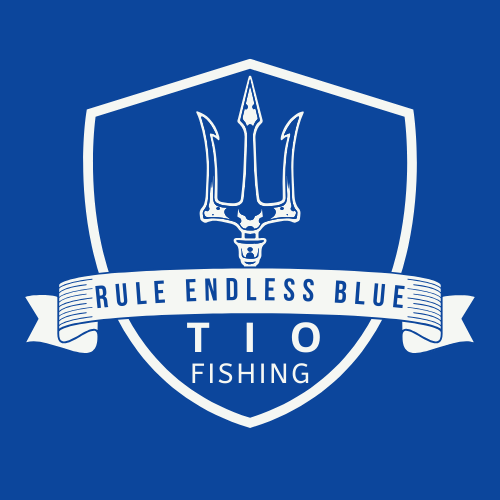
Why Topwater Lure Isn't Working and How to Fix It
Share to others
Introduction
Topwater fishing is an exciting way to target saltwater species, but sometimes it can feel like the fish just aren't interested. Don't despair! There are a few common reasons why your topwater lure might not be working and some easy fixes to get you back on track.
Why Your Topwater Lure Might Be Failing
Here are some common culprits when topwater lures aren't producing:
- Fish are feeding at the bottom: Sometimes, the fish are simply holding deeper in the water column and aren't interested in surface presentations. This can be due to factors like water temperature, prey availability, or time of day.
- Too much sunlight: Bright sunlight can spook fish in shallow water or clear conditions. They may seek deeper water or shaded areas to feel more secure.
- Bad lure presentation: A poorly presented lure won't entice strikes. This could be due to an incorrect retrieve, a damaged lure, or using the wrong lure for the conditions. (To help you to imrove the skill, your might want to read the article about lure selection)
Troubleshooting Your Topwater Technique
If you're struggling with topwater, try these adjustments:
1. Switch to Casting Jigs
When fish are holding deep, it's time to switch tactics. Jigs are a versatile option that can be fished at various depths. If you're fishing from shore, try shore jigging. This technique involves casting a heavy jig and retrieving it with a rhythmic jerking motion, mimicking the movement of a wounded baitfish.
2. Check Your Lure's Condition
A damaged lure won't swim properly and is less likely to attract fish.
- Bent Eyelet: If the front eyelet of your lure is bent, it can affect the lure's action. Gently bend it back into place. You can use lure tuner
- Chipped Wooden Lures: Chips and cracks in wooden lures can disrupt their balance. For significant damage, depending on the value of the lure, it's best to send the lure back to the maker for repair if possible.
How to fix the bent topwater lure eyelet
- You can use a specialized tool like the Little Jack Butterfly Fishing Tool for precise adjustments.
- If the lure eyelet wire is thick, a pair of pliers or a vice will do the trick. Just remember to use the flat jaw and protect your lure by padding the jaws with a cloth or a piece of rug.

Lure eyelet tuning feature on Little Jack Butterfly Fishing Tool

Fit into suitable gauge and bend to opposite direction until straight

Use pliers or vice flat jaw to tune the lure (note: rug is not using for demonstration purpose)
3. Adapt to Changing Light Conditions
Kingfish, for example, often move to deeper water as the sun rises. If you notice the bite slowing down as it gets brighter, switch to a sinking lure to reach those deeper fish.
Conclusion
By understanding the factors that influence topwater fishing and making the necessary adjustments, you can increase your chances of success and enjoy more exciting surface strikes!









